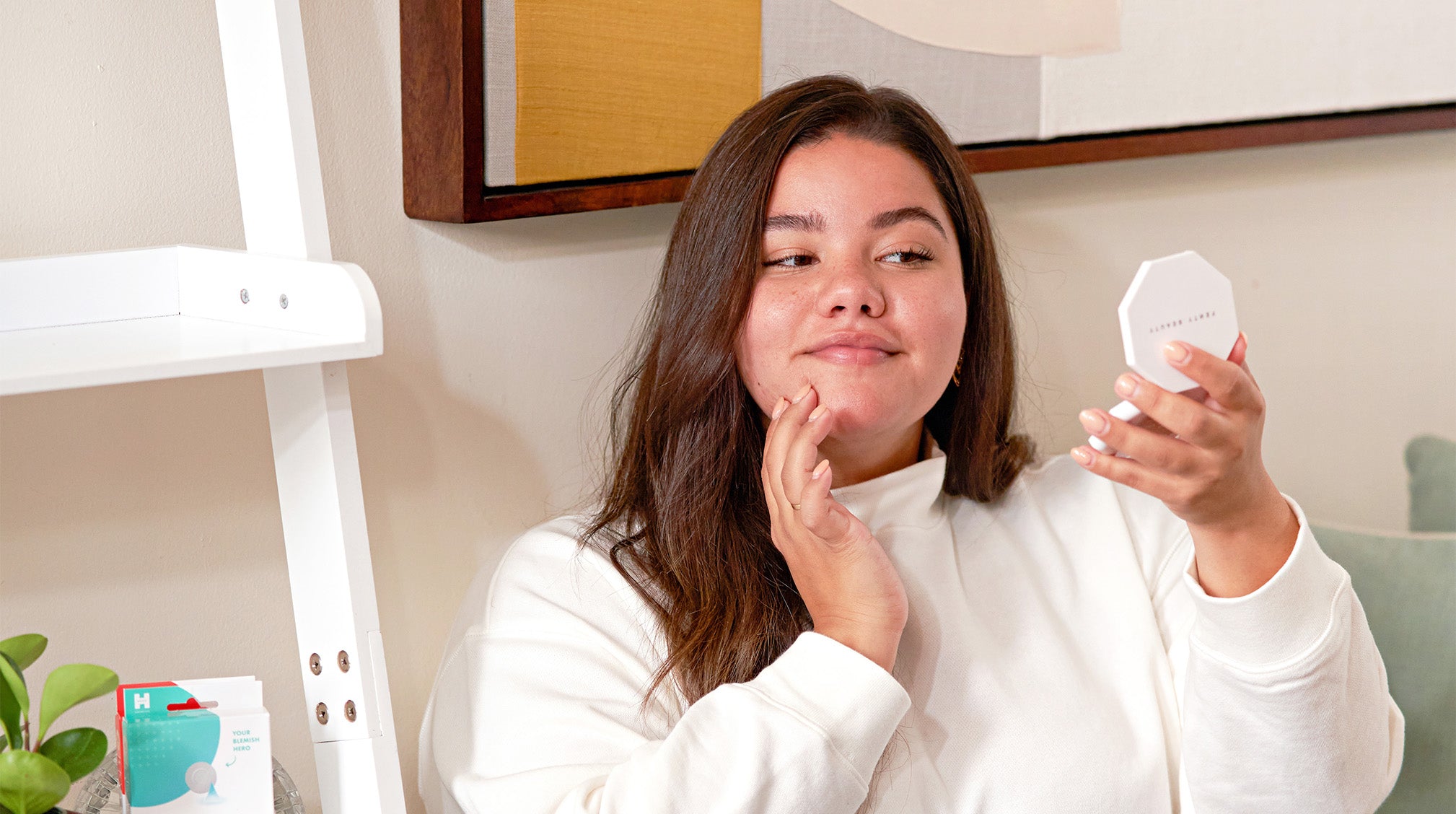
Before you start stressing that there’s a new type of pimple about to pop up on your face, take a deep breath. You’re probably already familiar with both open and closed comedones, just by different names. Let’s keep it simple. Open comedones are blackheads. Closed comedones are under-the-skin whiteheads. A closed comedo that lies deep within the skin is called a blind pimple.
What causes open and closed comedones?
Comedonal acne develops when pores (aka hair follicles) become clogged with excess sebum and dead skin cells. Each follicle contains one hair and a sebaceous gland, which produces oil. When dead skin cells and oils collect in the follicle opening, a bump (or a comodo) is formed. If the skin covering the comodo remains closed, the bump is called a closed comedo or whitehead. If the skin covering the comodo opens, it turns black from exposure to air and is known as a blackhead or open comodo.
RELATED READ: 3 Reasons Why Your Skin Is Breaking Out

How to treat comedones
Now, onto the important part – what to do about comedonal acne. Since they are different types of acne, you’ll want to treat open and closed comedones differently.
To get rid of blackheads (open comedones):
- Resist the urge to pinch or push the black plug out, as this can cause scarring and damage to your skin.
- Extraction pore strips and masks are also a no-no, since they remove the natural oils and hair follicles that healthy skin needs.
- Try a gentle salicylic acid face scrub a few times a week.
- Use a skin brush once a week to remove excess dead skin cells.
- For stubborn blackheads, you may want to consider topical retinoids, which will reduce the stickiness of the cells that clog pores and accelerate skin regeneration.
To help with closed comedones:
- Again, don’t attempt to push or pop! Without a visible head, squeezing will not eliminate the pore-clogging gunk. It will simply cause the pimple to become even more irritated and inflamed.
- Double check product labels. Use noncomedogenic products, which are less likely to clog pores and lead to breakouts.
- Try chemical exfoliants that contain salicylic and/or glycolic acid once or twice a week. They can help to break down dead skin cells, sebum and other pore-clogging gunk so you can gently wash or rinse them away.
- An early-stage pimple patch, like Micropoint for Blemishes, uses microneedles to penetrate the skin that covers a closed comedo, so salicylic acid and other ingredients can reach the pimple’s core.
A different sort of spot: What is milia?
Not to be confused with acne or whiteheads, milia are tiny spots or cysts that appear under the skin. They are sometimes referred to as “milk spots.” Milia are comprised of keratin, a protein on the outer layer of the skin, that collects and becomes trapped in a pore. While milia will often go away on their own after a few months, common treatments to expedite the process include gentle exfoliation and chemical peels.
[[product-ad]]











